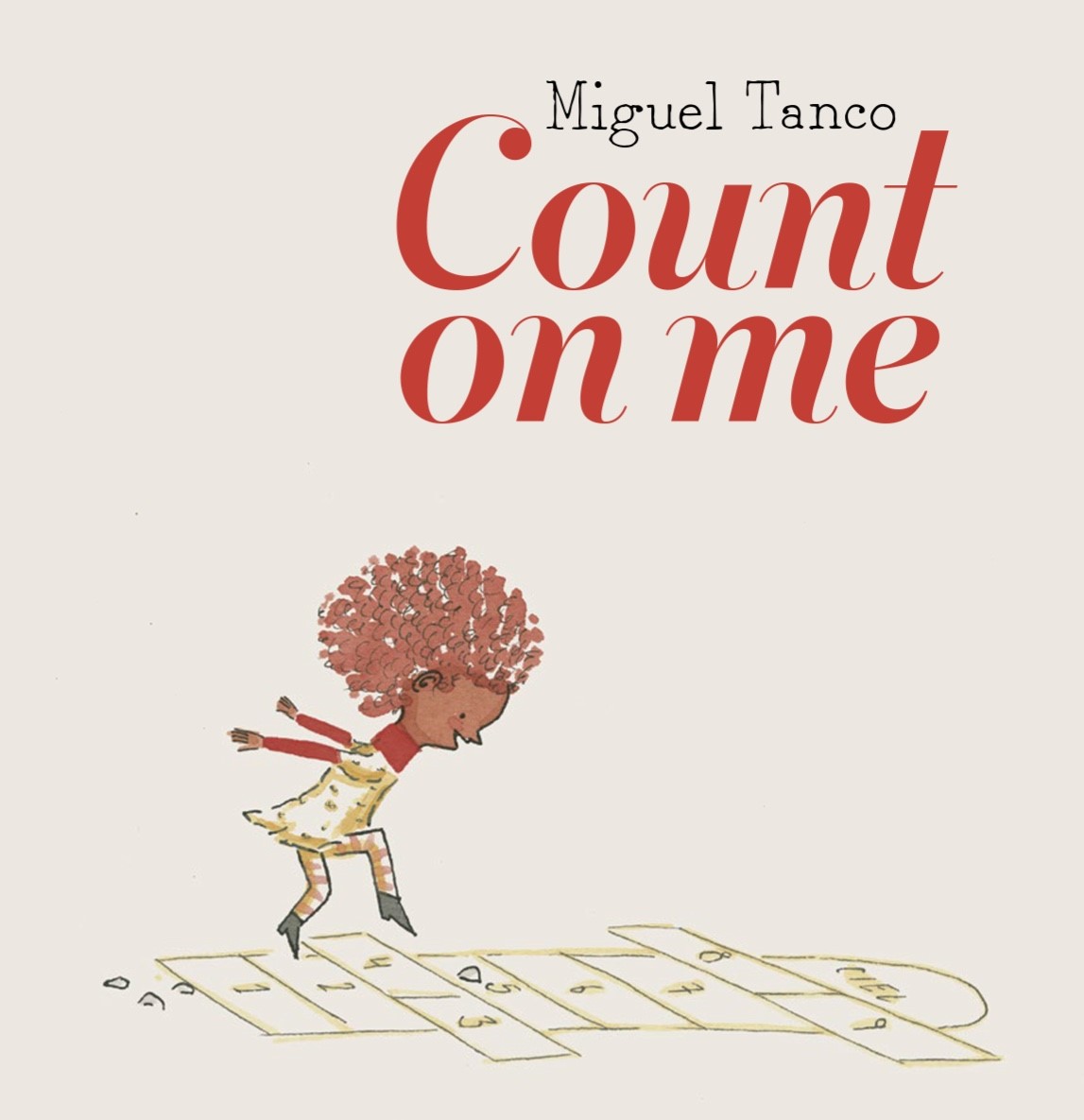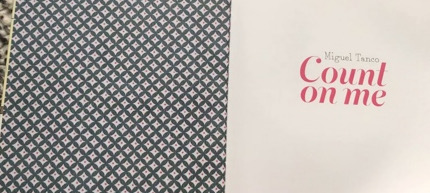"Childhood is that state which ends the moment a puddle is first viewed as an obstacle instead of an opportunity."
K. Williams

Puddle play is an incredibly rich learning activity that many children enjoy. Spending time outdoors exploring many natural elements helps children recognize that there is no such thing as bad weather. There is beauty and wonder to be found in every aspect of nature. Sometimes in early childhood education we need to help our families and school community understand the authentic learning that can happen when children play with sensory materials like puddle water outdoors. Demonstrating the meaningful math connections that emerge in this type of play can build support for outdoor exploration and learning. Sharing this through regular communication including documentation can be incredibly helpful in cultivating positive partnerships and support for messy play outdoors.
Here are ten math ideas that can be introduced and strengthened when children play in the puddles:
1. Patterning
When rain drops fall into water their impact disturbs the surface tension of the water. The ripples spread outward from this impact point. This reaction forms concentric circles which are two or more circles that have the same center point. Each subsequent circle is larger than the last, creating a growing geometric pattern for children to explore.
2. Opposites (Float and Sink)
Children love to place objects in water and experiment with what happens to them. A favourite outdoor activity for our children is to place many different objects in water and see if they float or sink. An object's density determines whether it stays above or below the water. The object will float in the puddle if it is less dense than the water. If it sinks, it is more dense than the water.
3. Temperature
The temperature of puddles can vary depending on the ground and air temperature. Children enjoy feeling the water with their hands and describing how hot or cold it seems. An engaging activity is to provide kid-friendly thermometers to children and challenge them to read the temperature of the different puddles in the yard. Are the larger ones a different temperature than the smaller ones? Does the temperature of a single puddle change over the course of the day? Ask children to generate theories about why this is happening.
4. Measurement
Sensory experiences are vital for children's growth and development. Most children love to play in mud using cooking items and utensils. A favourite activity for us is to use the puddles for water play. Not only do we not have to worry about a wet floor indoors, children are captivated using cups, spoons, funnels and bowls to collect the water. Challenge children to measure how much water they can collect. Ask them to see if they can empty a puddle and calculate how much water it had altogether.
5. Cause and Effect
Cause and effect activities help children realize that every action they take has a reaction. When children jump in puddles, the water splashes. Experimenting with cause and effect helps children play with variables that can control the reactions in different ways. For example, and bigger jump in the puddle usually results in a larger splash of water. Children can change their actions (e.g., increasing movement, decreasing movement, modifying direction) and observe the results.
6. Comparison
Puddle water can look many different ways. Some puddles are clear while others are muddy and filled with debris. Children can travel the yard and observe/describe what they see as they compare puddles to one another. They can also experiment with the different materials and observe the reactions that occur. For example when water is added to soil, the soil appears a darker colour. This occurs because wetter soil has less oxygen compares to drier soil. Some puddles are so saturated with dirt that there is a layer of mud that settles on the bottom and a layer of water that has risen to the top. As children explore different puddles they can notice and name what they see, and compare the properties of each to one another.
7. STEAM (science, technology, art, engineering, art, math)
STEAM challenges are highly motivating for children. Puddles offer many opportunities for educators to ask children to design and build an object to be used with the puddles. A favourite in our classroom is to ask children to create a puddle boat from loose parts (e.g., wooden craft sticks, cardboard, foam, aluminum foil) that floats. Another highly motivating construction activity is for children to build a bridge over the puddle for the mini cars to use to cross the puddle. 8. Counting

In our yard we often have very large puddles when the rain falls due to the slope and drainage of the playground pavement. A fun activity is for children to crowd in and count how many can fit in the area of the puddle. Great math questions emerge in this activity - can the same number of children fit in the different sized puddles in the yard? How many boots altogether are in the puddle? Can we count the boots by 2s?
9. Reflection
Water is a reflective surface. When the water in a puddle is still, the surface is flat and can easily reflect light. If the wind is blowing and ripples appear, the reflection can become distorted. The harder the wind is blowing the more distorted the reflection appears. This type of reflection also offers an exploration of symmetry as children can identify the line of symmetry and see how each side appears. This symmetry is often curious for children who notice that the reflected side appears lighter/faded than the real object. Children can experiment with reflective symmetry by placing and moving different materials into the puddle and seeing the result.
10. Area and Perimeter
The size and shape of a puddle can often inspire conversation about its area and perimeter as children wonder about how big or small it might be. Sometimes we will use loose parts to help us measure (e.g., How many rocks fit around the outside of the puddle? How many leaves can float on top of the puddle?). The distance across a puddle is also interesting to measure as children leap across the puddle and measure how far they've jumped, or build bridges to help the mini cars cross the puddle.
What other math have you explored in the puddles? Tweet me and share your awesome ideas and experiences! @McLennan1977



















